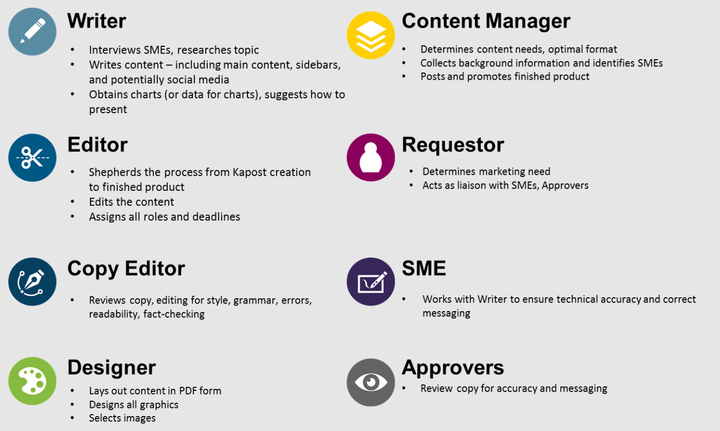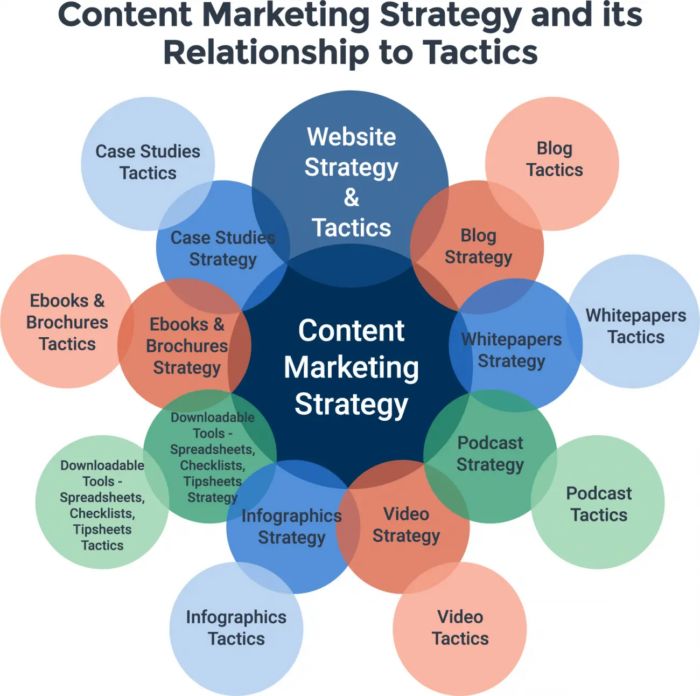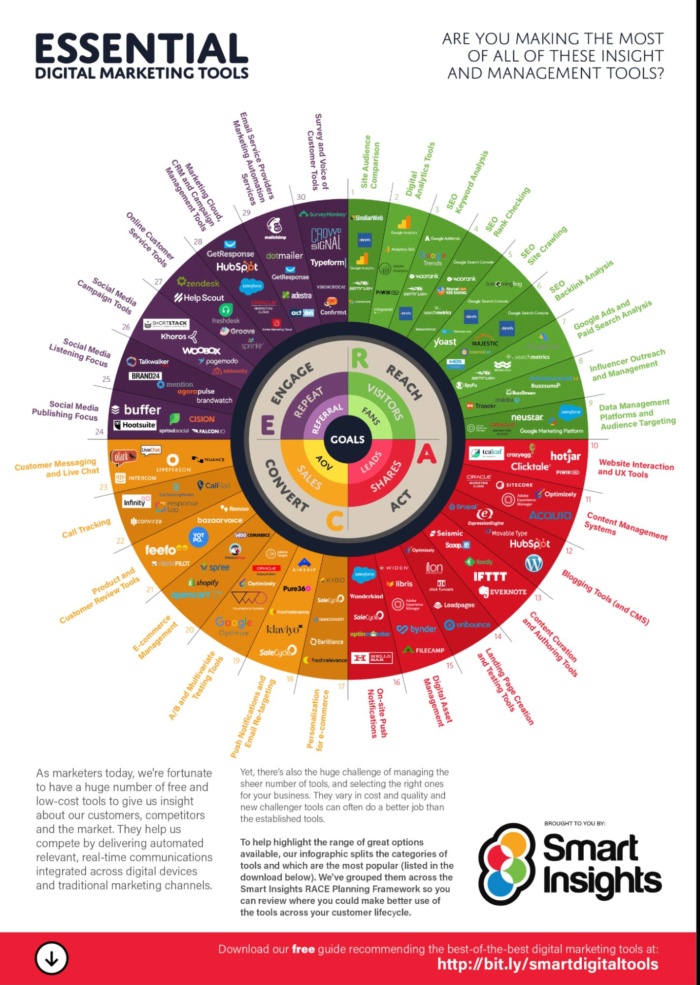Discover the top strategies and tools for scaling your content marketing efforts and reaching a broader audience. Don’t miss out!

Image courtesy of via DALL-E 3
Table of Contents
- Introduction to Content Marketing
- Understanding Scaling in Content Marketing
- Creating a Content Strategy
- Creating Quality Content
- Using Tools to Help Scale Content
- Promoting Your Content
- Measuring Content Success
- Continuously Improving Your Content
- Conclusion and Summary
- Frequently Asked Questions (FAQs)
Introduction to Content Marketing
Content marketing is a powerful tool that businesses use to attract and engage with their target audience. By creating and sharing interesting stories, videos, and information, companies can build relationships with potential customers and ultimately drive more business. In this section, we will explore the basics of content marketing and why it is essential for any successful marketing strategy.
What is Content Marketing?
Content marketing is all about creating and sharing fun or useful content that gets people interested in a topic or product. Instead of just trying to sell something, companies provide valuable information to their audience, establishing trust and credibility. This can come in the form of blog posts, social media updates, videos, podcasts, and more. The goal is to engage with the audience and offer something of value before asking for anything in return.
Why Content Marketing is Important
Content marketing is crucial for businesses looking to grow and connect with their customers. It helps build brand awareness, drive website traffic, generate leads, and ultimately increase sales. By consistently creating high-quality content that resonates with your audience, you can establish yourself as an authority in your industry and create a loyal following. Additionally, content marketing is a cost-effective strategy that can deliver long-term results for your business.
Understanding Scaling in Content Marketing
Scaling in content marketing is all about growing and expanding your reach to connect with more people. It’s like making your storytelling and information-sharing bigger and better. Let’s dive into what scaling means and why it’s crucial for reaching a wider audience.
What Does Scaling Mean?
Scaling is like taking something you’re already doing and making it bigger. In content marketing, scaling means reaching more people with your stories and messages. It’s like sharing your ideas with a larger crowd so that more folks can enjoy and learn from what you have to say.
Why Scale Content Marketing?
Scaling your content marketing efforts has numerous benefits. By reaching a broader audience, you can make a bigger impact, attract more customers, and grow your business. It helps you spread your message far and wide, making sure that more people hear what you have to say and engage with your content.
Creating a Content Strategy
When creating content, it’s essential to know who you are trying to reach. Understanding your audience helps you tailor your content to their interests and needs. You can identify your audience by researching demographics, interests, and behaviors. This information will guide you in creating content that resonates with your target audience.

Image courtesy of contentatscale.ai via Google Images
Setting Goals for Your Content
Before you start creating content, it’s crucial to establish clear goals for what you want to achieve. Whether it’s increasing website traffic, generating leads, or boosting brand awareness, setting specific and measurable goals will help you stay focused and track your progress. By aligning your content with your goals, you can create more impactful and effective content.
Planning Content Topics
Brainstorming content ideas is an important step in creating a content strategy. Consider the interests, challenges, and preferences of your audience when coming up with topics. You can also conduct keyword research to identify popular search terms related to your industry. Planning out a content calendar with a variety of topics will keep your content strategy organized and engaging.
Creating Quality Content
Creating quality content is essential for engaging your audience and keeping them interested in what you have to say. By following some simple tips and techniques, you can ensure that your content is not only informative but also enjoyable to read. Let’s explore some key strategies for crafting high-quality content that resonates with your audience.
Writing Tips for Great Content
When it comes to creating content, clarity is key. Make sure your writing is easy to understand by using simple language and short sentences. Avoid jargon or complex terms that might confuse your readers. Additionally, try to make your content interesting by using a conversational tone and telling stories to captivate your audience.
Using Images and Videos
Adding images and videos to your content can enhance the reader’s experience and make your message more engaging. Visual elements help break up blocks of text and can better illustrate your points. Be sure to use high-quality images and videos that are relevant to your content to keep your audience hooked.
Using Tools to Help Scale Content
A Content Management System (CMS) is like a magic toolbox that helps organize and manage all your content in one place. It’s like having a neat and tidy closet where you can easily find your favorite shirt. With a CMS, you can create, edit, and publish your content without any hassle. It saves you time and keeps everything in order.

Image courtesy of neilpatel.com via Google Images
Social Media Management Tools
Social Media Management Tools are like super assistants that help you schedule and post your content on social media platforms. Imagine having a helpful robot that reminds you to share your latest blog post with the world. These tools make it easy to reach a bigger audience and keep your followers engaged without spending all day on your phone.
Analytics Tools
Analytics Tools are like secret agents that track how well your content is doing behind the scenes. They show you important data like how many people are reading your articles or watching your videos. You can use this information to see what your audience likes and improve your content strategy. It’s like having special goggles to see into the minds of your readers.
Promoting Your Content
After creating high-quality content, the next crucial step is to promote and share it effectively to reach a wider audience. Promoting your content ensures that all your hard work in creating engaging material doesn’t go to waste. Here are some effective ways to get your content out there:
Using Social Media
Social media platforms like Facebook, Instagram, Twitter, and LinkedIn are excellent tools for sharing your content with a large audience. You can create posts, share videos, and engage with your followers to increase visibility. By sharing your content on social media, you can attract more views, likes, comments, and shares, thus expanding your reach.
Email Marketing
Email marketing is another powerful tool for promoting your content. By sending newsletters or updates to your subscribers, you can directly reach people who have shown an interest in your content. Make sure your emails are tailored to your audience’s preferences and provide valuable information to encourage them to engage with your content.
Collaborations and Partnerships
Collaborating with other content creators, influencers, or brands in your niche can help expose your content to new audiences. By partnering with others, you can tap into their followers and followers and extend your reach significantly. Look for opportunities to co-create content or cross-promote each other’s work to maximize exposure.
Measuring Content Success
Measuring content success is a crucial part of content marketing. It helps you understand how well your content is performing and what changes you may need to make to improve it in the future. By tracking important metrics and using analytics reports, you can gain valuable insights into the effectiveness of your content strategies.

Image courtesy of neilpatel.com via Google Images
Important Metrics to Track
Tracking key metrics is essential in determining the success of your content. Some of the important metrics to pay attention to include:
- Views: The number of times your content has been seen by users.
- Shares: How many times your content has been shared on social media platforms.
- Clicks: The number of clicks your content has received, which indicates user engagement.
By monitoring these metrics, you can identify which pieces of content are resonating with your audience and which ones may need improvement.
Using Analytics Reports
Analytics reports provide valuable data on how your content is performing. These reports offer insights into user behavior, engagement levels, and conversion rates. By analyzing this data, you can better understand what content is working well and what areas need adjustment.
Analytics reports can also help you track the success of specific marketing campaigns, identify trends, and make informed decisions about future content strategies. By regularly reviewing and interpreting these reports, you can optimize your content marketing efforts for greater success.
Continuously Improving Your Content
Creating content is just the beginning of your content marketing journey. It’s essential to keep refining and enhancing your content to keep your audience engaged and continuously attract new viewers. Here are some tips on how to improve your content over time:
Getting Feedback
Feedback is a valuable tool that can help you understand what your audience likes and dislikes about your content. Encourage your viewers to share their thoughts and opinions through comments, surveys, or direct messages. By listening to your audience’s feedback, you can gain insights into what resonates with them and make adjustments accordingly.
Making Adjustments
Once you’ve gathered feedback from your audience, it’s time to make some adjustments to your content. This could involve tweaking the writing style, updating the visuals, or incorporating new ideas based on the feedback you received. By making small changes to your content over time, you can improve its quality and relevance, keeping your audience engaged and coming back for more.
Conclusion and Summary
In this blog post, we have covered the basics of content marketing and explained why it is essential to create and share compelling stories and information to attract people. We have discussed the significance of scaling in content marketing and how it can help reach more audiences effectively.

Image courtesy of contentoo.com via Google Images
Review of Main Points
We started by defining content marketing as creating and sharing fun or useful content to engage audiences. We highlighted the benefits of content marketing, such as helping businesses grow and connect with customers. We then moved on to explain scaling as making something bigger or reaching more people. The advantages of scaling content marketing include reaching more people and having a broader impact.
We also discussed the steps to create a content strategy, which involves identifying the target audience, setting clear goals, and planning content topics that will resonate with them. Additionally, we provided tips on creating high-quality and engaging content by using simple writing techniques, images, and videos.
Furthermore, we introduced various tools like Content Management Systems, Social Media Management Tools, and Analytics Tools that can assist in scaling content marketing efforts. We explored different ways to promote content through social media, email marketing, and collaborations.
Moreover, we emphasized the importance of measuring content success by tracking key metrics and using analytics reports to understand audience preferences. We also discussed the significance of continuously improving content based on feedback and performance data.
Final Thoughts
As you embark on your content marketing journey, remember that scaling is crucial for reaching more audiences and expanding your impact. By creating a well-thought-out content strategy, producing high-quality content, using the right tools, and constantly improving based on feedback, you can effectively scale your content marketing efforts. Start planning and scaling your content marketing today to see significant growth and engagement!
Want to turn these SEO insights into real results? Seorocket is an all-in-one AI SEO solution that uses the power of AI to analyze your competition and craft high-ranking content.
Seorocket offers a suite of powerful tools, including a Keyword Researcher to find the most profitable keywords, an AI Writer to generate unique and Google-friendly content, and an Automatic Publisher to schedule and publish your content directly to your website. Plus, you’ll get real-time performance tracking so you can see exactly what’s working and make adjustments as needed.
Stop just reading about SEO – take action with Seorocket and skyrocket your search rankings today. Sign up for a free trial and see the difference Seorocket can make for your website!
Frequently Asked Questions (FAQs)
Answer common questions to help clarify any doubts readers might have about scaling content marketing.
What is the best way to start with content marketing?
To begin with content marketing, you can follow these simple steps:
1. Identify your target audience and understand what they are interested in.
2. Create engaging and valuable content that appeals to your audience.
3. Share your content on various platforms to reach more people and grow your audience.
Which tools are essential for scaling content marketing?
Some important tools for scaling content marketing include:
1. Content Management Systems (CMS) – helps in organizing and managing content efficiently.
2. Social Media Management Tools – aid in scheduling and posting content on social media platforms.
3. Analytics Tools – track the performance of your content and provide valuable insights on audience engagement.
How can I measure the success of my content?
To measure the success of your content, you can focus on key metrics such as:
1. Views – the number of times your content is viewed.
2. Shares – how many times your content is shared on social media or other platforms.
3. Clicks – the number of times users interact with your content by clicking on links or buttons.
Using analytics tools can also help you track and analyze these metrics to understand the performance of your content better.







